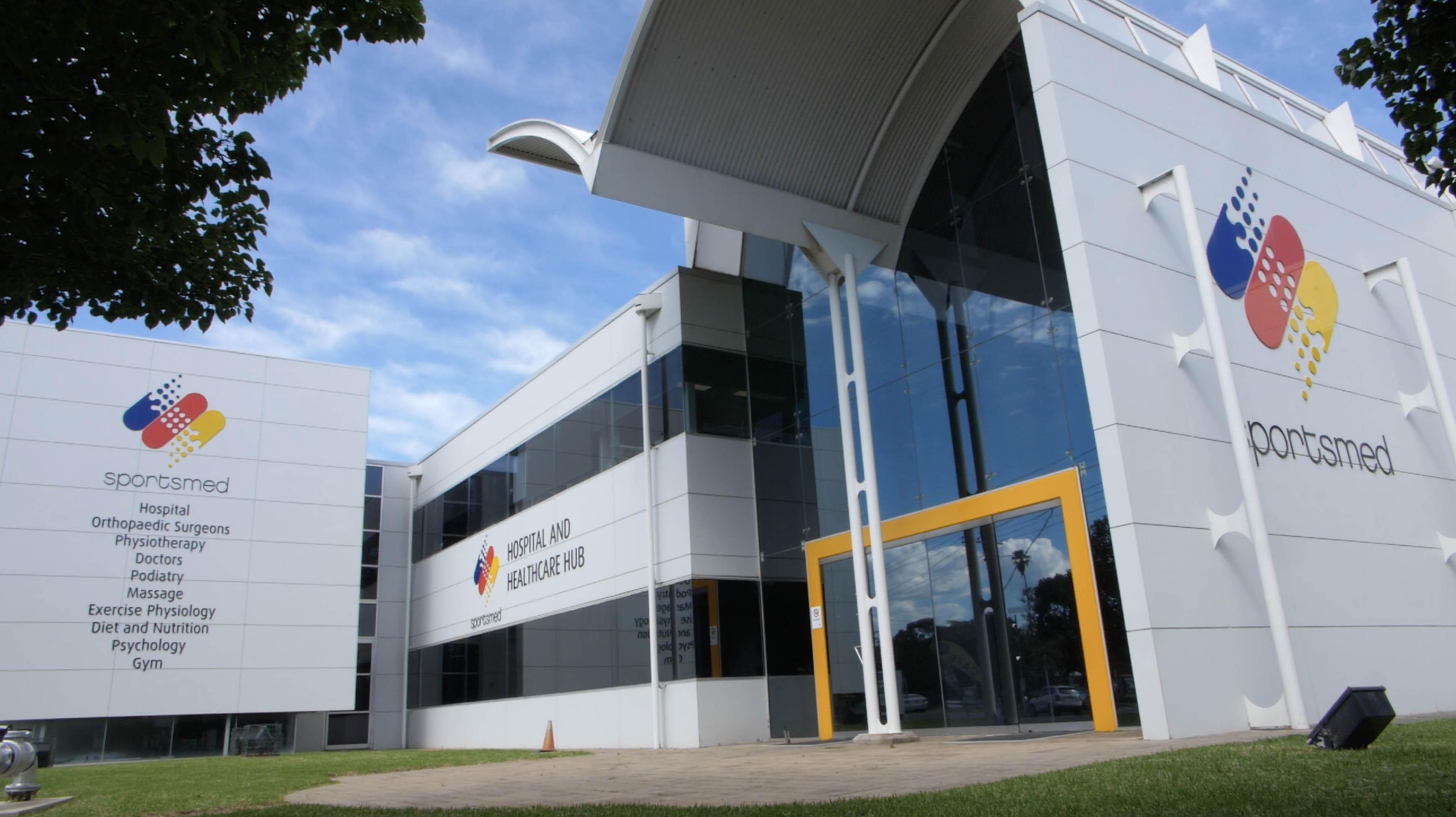
Hip replacement involves removing the diseased ball and socket joint and replacing it with prosthetic components. The ball is usually made of metal or a ceramic and is attached to a metal stem which sits in the femur (thigh bone). The socket is metal and has a liner made of plastic or ceramic where the movement occurs. When the damaged parts of the hip are removed and replaced with these prosthetic parts, the artificial joint relieves hip pain and stiffness and improves movement.
The hip is a ball and socket joint lined with smooth cartilage which moves with less than one tenth of the friction of ice sliding on ice. Over time this cartilage can wear away, usually as a result of wear and tear. This is arthritis. Other causes of wear include trauma and sporting injuries, anatomic abnormalities in the hip or inflammatory conditions affecting the joints.
Hip replacement involves removing the diseased ball and socket joint and replacing it with prosthetic components. The ball is usually made of metal or a ceramic and is attached to a metal stem which sits in the femur (thigh bone). The socket is metal and has a liner made of plastic or ceramic where the movement occurs. When the damaged parts of the hip are removed and replaced with these prosthetic parts, the artificial joint relieves hip pain and stiffness and improves movement.
The replacement hip components are held in position either with special bone cement or are pressed into the bone. The uncemented components have a surface finish that encourages the bone to grow onto the prosthesis. There are certain groups of people where one type of fixation is better than another.
As the hip is a deep joint, it obviously needs a surgical approach to access. The ideal approach is safe, gentle on the tissues and allows good access to do the job. There are three common approaches, or “doors”, each with pros and cons to consider. One size does not fit all. The ‘best’ approach for different patients varies based on build, size, bone quality and the degree of deformity. Importantly, beyond around 6 weeks to 3 months there is no significant difference between the different surgical approaches to the hip provided they have been done well.
Absolutely, a chart is shown below that briefly summarises the varying approaches to hip surgery
| Pros | Cons | |
|---|---|---|
| Anterior | No muscles cut Shorter recovery Smaller incision Less dislocation Less infection Easy to use X-Ray in operation |
More difficult Risk of thigh numbness Higher risk of: – Fracture – loosening |
| Posterior | Most common Good access Useful for complex cases Less fracture and loosening |
Splits gluteus maximus Difficult to X-Ray in operation Higher risk of: – infection – dislocation |
| Lateral | Less dislocation Good access |
Risk of permanent limp Difficult to X-Ray in operation |
Aside from certain hip fractures, no one NEEDS a hip replacement. It is an elective procedure. People elect to have a hip replacement when their symptoms are severe enough. For most people the main symptom is pain and when the pain affects their quality of life, keeps them up at night or they are starting to rely on heavy duty pain killers then it is time to consider surgery.
Yes. Hip replacement is a major operation and all surgery carries risk. The general risks of surgery include bleeding, infection and blood clots. Specific risks include dislocations, fractures, unequal limb length, ongoing pain and nerve or blood vessel injury. Dr Gieroba will talk to you about specific risks at your appointment.
All joint replacements in Australia are recorded and followed on the National Joint Replacement Registry (now following more than 1.8 million joint replacements!) which is based in the SAHMRI ‘Cheese Grater’ building right here in Adelaide. Longevity of hip replacements was more of an issue in the past. Now the situation is that after 20 years, more than 91% of hip replacements in Australia have not been re-operated on.
Of people who have had hip replacements, 89% are “satisfied” or “very satisfied” with their hip replacements. When all goes well, it is an excellent procedure for restoring quality of life.
Burnside Hospital - Stepney
